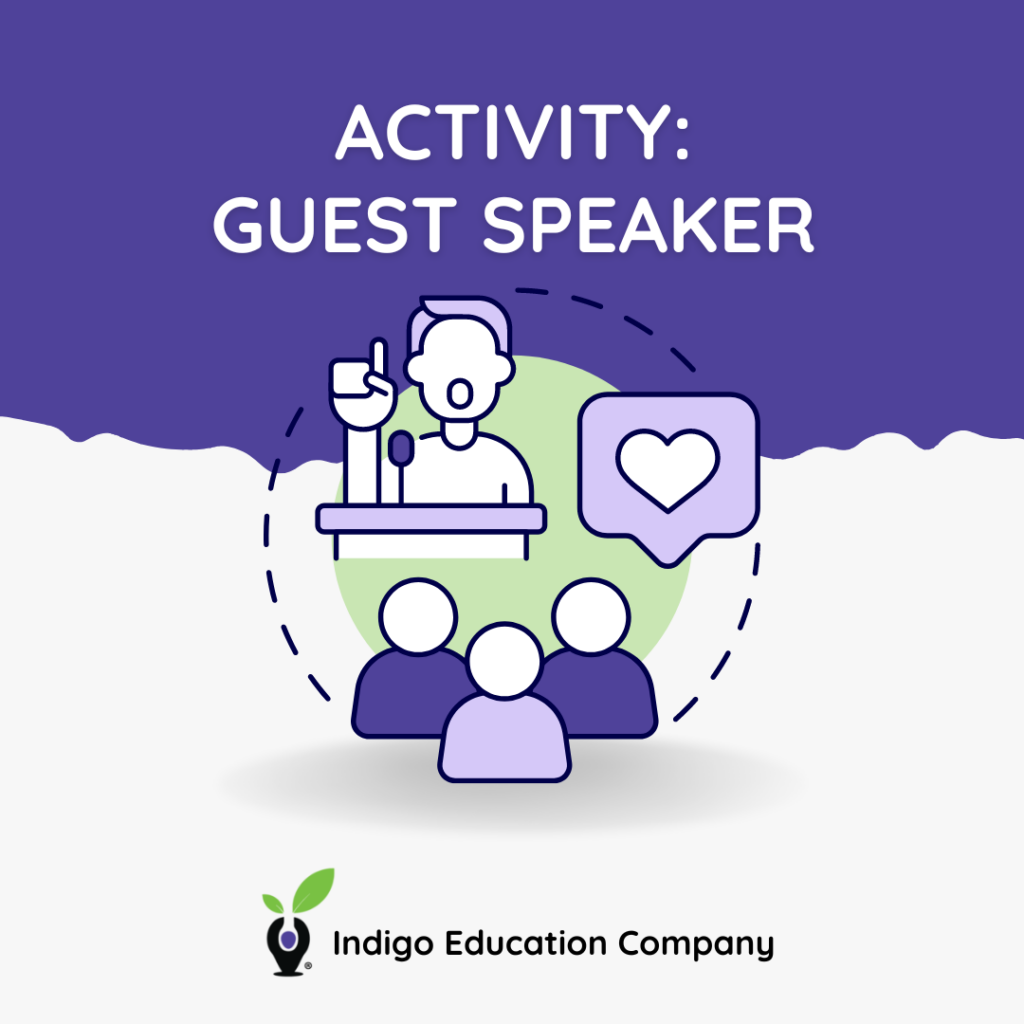In education, fresh perspectives can be transformative, especially when tackling complex issues. Let's take a look into the power of inviting guest speakers to address students, shedding light on problems from different angles and providing invaluable insights.
By incorporating outside voices, students gain new approaches to navigate challenges they face. Tailored to the social-emotional learning (SEL) framework and ASCA Mindset & Behaviors, this guide outlines steps to select speakers relevant to student needs, emphasizing the importance of understanding group dynamics for effective communication. Whether addressing self-confidence, interpersonal relationships, or self-identity, leveraging guest speakers offers a dynamic tool for student empowerment and growth.
The Goal
A guest can offer a fresh perspective, helping students see issues in a new light and providing them with alternative approaches to tackle their challenges.
RAMP (ASCA) Mindset & Behaviors addressed and developed:
The ASCA Mindset & Behaviors addressed depends on what the speaker presents to the students.
Materials
- Varies based on how you tailor this exercise
Step 1:
Find a speaker who can speak on a topic that seems relevant to your students (i.e. self confidence, relating to others, sense of self).
Example: If your students particularly struggle with negative self-image, bring in a speaker to address that. The speaker could have expertise on how to promote positive body image, or positive self-talk.
Step 2:
Schedule a time for the guest speaker. The guest can be woven into any of the other exercises, or this can be a stand-alone topic on a certain issue.
Note: Use the DISC and Motivators of your group to help prep your speaker. Are your students High D’s who want to be spoken to directly and firmly? Are they motivated by Social and therefore want to know how they can use this information to help others?
Step 3:
After the speaker’s presentation, allow your students some time, ranging from a few minutes to a few days, to reflect on the ideas shared. Lead a follow-up discussion where students can articulate their newfound perspectives, propose solutions to the challenge discussed, or pose additional questions.
Step 4:
Finally, compile the students’ insights into a Thank You note to the guest, showcasing their engagement and appreciation for the valuable perspective shared.

